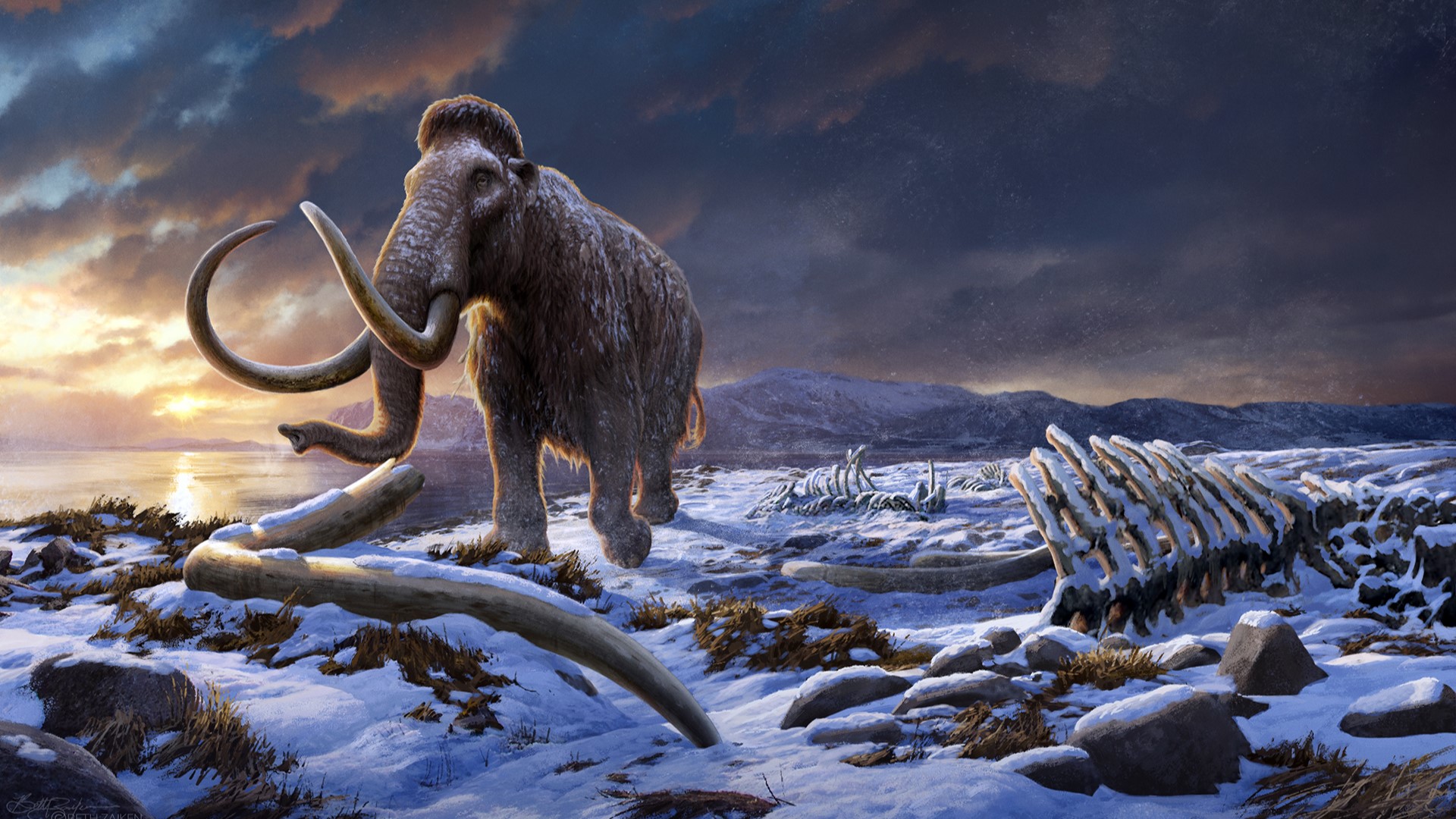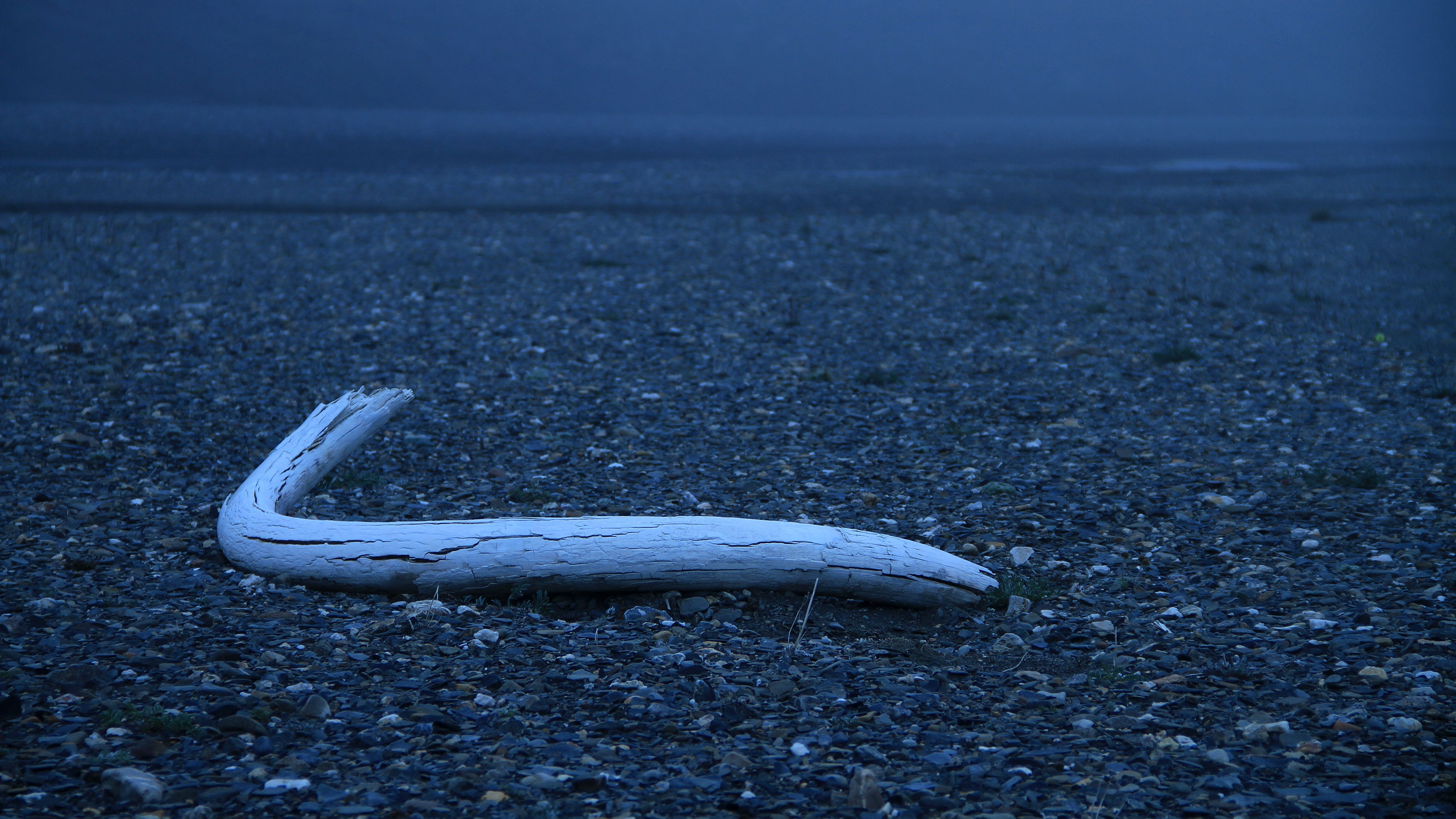
The planet's last surviving mammoth population was killed by a random and sudden mystery event, a new study has revealed.
The population, isolated from the rest of the world for 6,000 years on Wrangel Island in what is now extreme northern Russia, was previously believed to have been slowly wiped out by genetic inbreeding.
But a new study has found that the population — which grew from at most eight individuals to 300 before its demise 4,000 years ago — did not go extinct for genetic reasons. This leaves an even bigger mystery as to what actually happened. The researchers published their findings June 27 in the journal Cell.
"We can now confidently reject the idea that the population was simply too small and that they were doomed to go extinct for genetic reasons," study senior author Love Dalén, an evolutionary geneticist at the Centre for Palaeogenetics in Stockholm, said in a statement. "This means it was probably just some random event that killed them off, and if that random event hadn't happened, then we would still have mammoths today."
From about 300,000 to 10,000 years ago, woolly mammoths roamed the frigid plains of Europe, Asia and North America. As the ice across these northern regions melted, the Arctic tundra that the giant pachyderms relied on for food disappeared. This caused the mammoths' range to shrink until they eventually disappeared.
But sometime during this timeframe, a small group of mammoths crossed the ice on the northwest coast of Siberia and began to inhabit Wrangel Island, becoming cut off from the population on the mainland once the ice bridge disappeared around 10,000 years ago. Secluded on the frozen island, the mammoths there survived for an additional 6,000 years.
Because Wrangel Island's mammoths originated from at most eight individuals, scientists previously believed that harmful mutations due to inbreeding could have caused the animals' demise.

To look into the consequences of the Wrangel Island bottleneck, the researchers in the new study used DNA extracted from bones and tusks to analyze the genomes of 21 mammoths — 14 from the island and seven from the mainland population before the bottleneck occurred.
They found that the island's woolly mammoths did show signs of inbreeding and low genetic diversity, but their mutations were only moderately harmful, and the most dangerous ones were slowly being purged from their genome.
"If an individual has an extremely harmful mutation, it's basically not viable, so those mutations gradually disappeared from the population over time," study first author Marianne Dehasque, an evolutionary geneticist at the Centre for Palaeogenetics, said in the statement. "But on the other hand, we see that the mammoths were accumulating mildly harmful mutations almost up until they went extinct."
With inbreeding ruled out, the real cause of these woolly mammoths' demise is still unknown, the researchers said.
"What happened at the end is a bit of a mystery still — we don't know why they went extinct after having been more or less fine for 6,000 years, but we think it was something sudden," Dalén said. "I would say there is still hope to figure out why they went extinct, but no promises."
To investigate further, the researchers will look for clues in unearthed mammoth fossils from the population's final 300 years on the island. In the meantime, the scientists say their findings are useful for understanding the ongoing diversity crisis, as the mammoth's grim fate is mirrored by many present-day populations.
"It's important for present-day conservation programs to keep in mind that it's not enough to get the population up to a decent size again," Dehasque said. "You also have to actively and genetically monitor it because these genomic effects can last for over 6,000 years."







